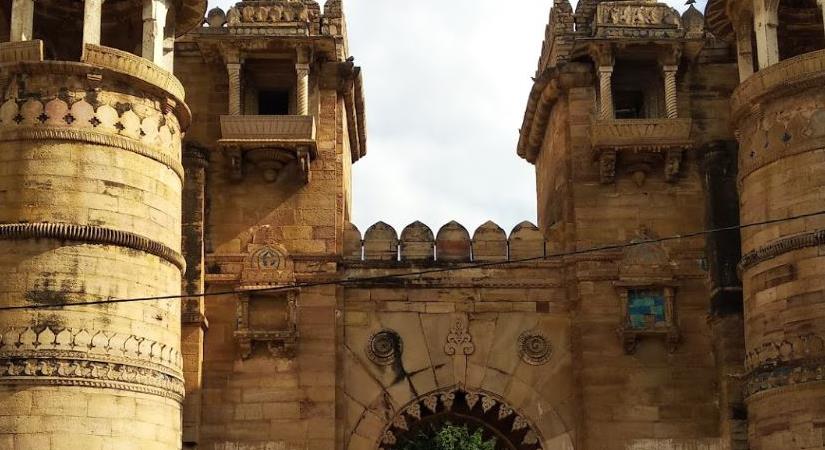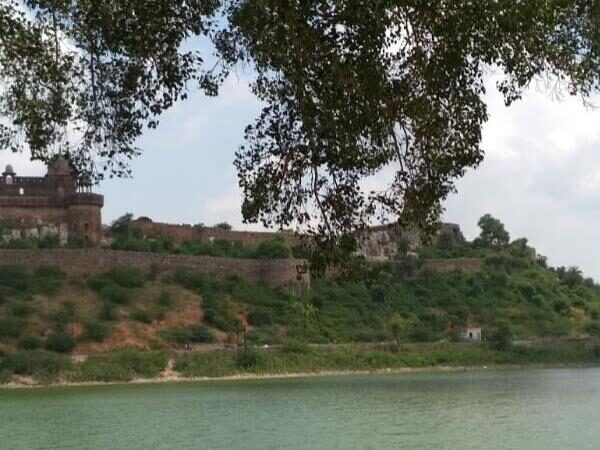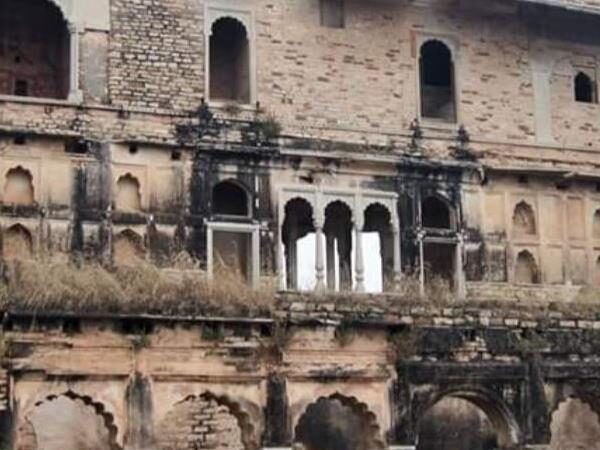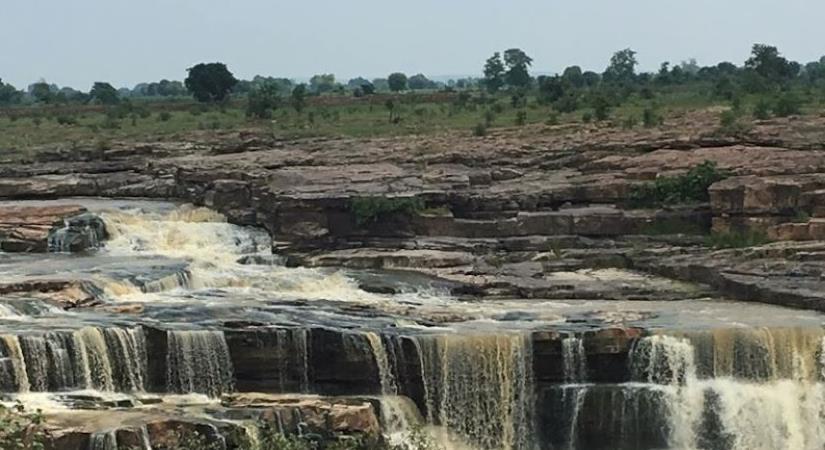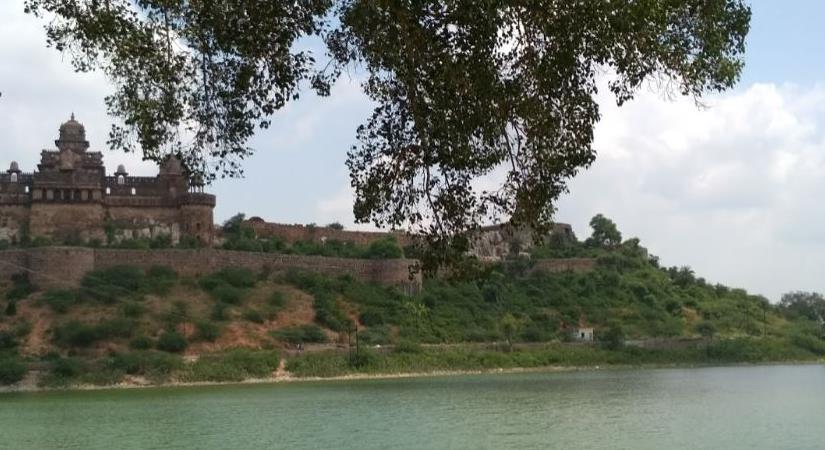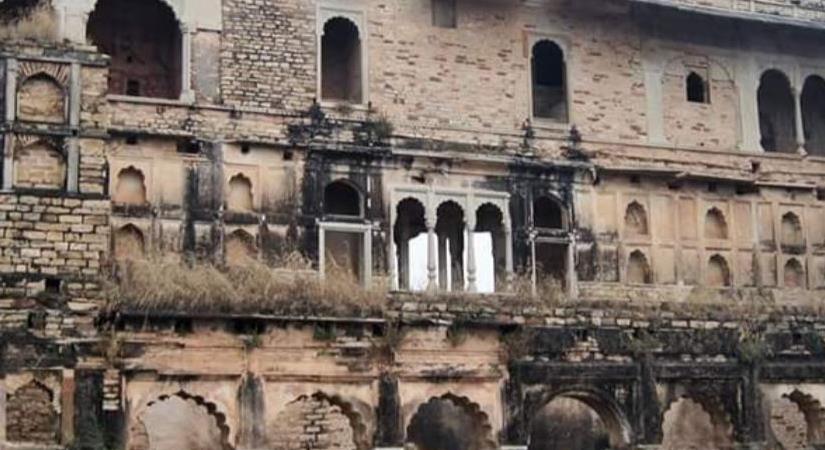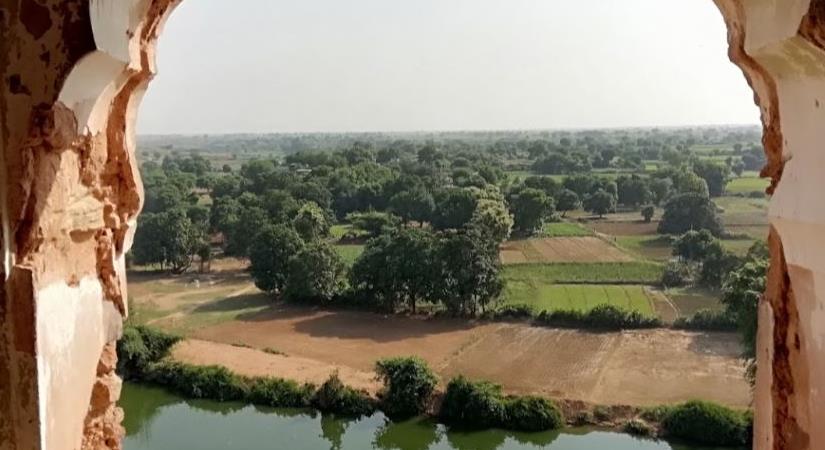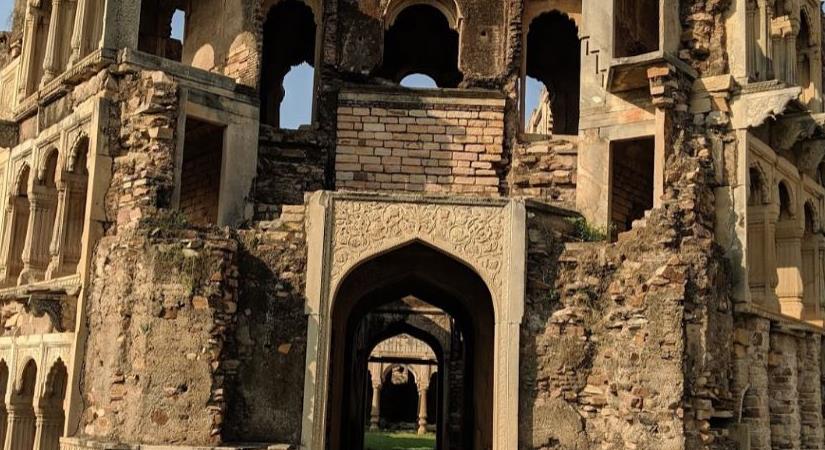Gwalior Fort is a thriving tourist destination today. Exuding energy that speaks of the days gone in a harmonious tune, the walls of this fort capture your attention as soon as you step into the complex of Gwalior ka Kila. Much to the pride of the locals, this fort has become a place of worship, wonder, and sheer amazement for travellers from all over the world. Situated around four kilometres from the city centre, the fort of Gwalior should be part of your travel itinerary.
While some folks tend to get swept away in the Khajuraho-Ujjain temple-hopping trip, the ones who truly love to discover ancient monuments must visit this fortress. The timings of the Gwalior Fort are 9 am to 5 pm all days of the week. The tickets for adults are Rs. 75, Rs. 40 for children and Rs. 250 for foreigners, respectively. The ideal time to visit this magnificent fort would be between October and March as the temperatures are fairly pleasant.
Gwalior Fort was built by Suraj Sen, a Sakarwar Rajput, in honour of the saint who saved his life. According to folklore, Gwalipa was a sage who offered the king water from a sacred pond (still found withing Gwalior ka Kila complex) when he was suffering from leprosy. Upon consuming this water, the king was cured instantly of the disease and thanked the sage for his kindness. In return, Gwalipa blessed him and his coming generations of ruling the land without any hindrances.
A fort with several temples and monuments located inside its premises brings enough clarity to understand how different cultures, traditions, and kingdoms left their mark on it. In its entirety, there are 11 temples belonging to the Jain Tirthankaras with the tallest idol of Rishabhanatha or Adinatha hoisted up to a height of 58 feet! Besides this, Gwalior Kila’s Teli ka Mandir or Tellika Temple is a famous tourist destination in itself. It was built in the 9th century by the Gurjara-Pratihara dynasty. Right next to this temple is Garuda monument in honour of Lord Vishnu. The most unique characteristic of this monument is that it has influences from Hindu and Islamic architecture alike.
The palaces inside the Gwalior Fort have a separate set of admirers even today. The most popular one is Man Mandir Palace built by Maharaja Man Singh in the 15th century. Karn or Karan Mahal built by his successor, Kirti Singh is another palace worth visiting. Last but not least is Vikram Mahal, a palace that was constructed under the rule of Vikramaditya Singh, the eldest son of the first Tomar king.
